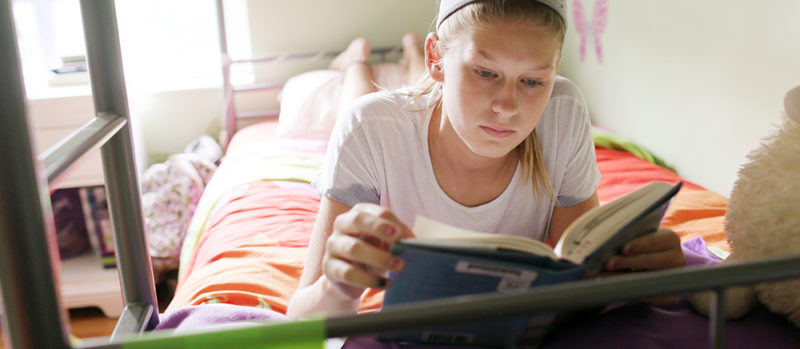Aside from the obvious signs like the weather changing, I always know it’s spring time by the number of conversations I have with patients about bugs, insects and creepy crawlies.
A fear of the creepy crawlies – and fear in general – is a normal developmental stage for children. It’s normal to not like spiders, but what’s not normal is taking that fear to the extreme. For example, a child refusing to go into a room because there was once a water bug in there. Or refusing to play soccer because the game is played in the grass and the grass contains bugs.
Regardless of whether or not your child has a ‘normal’ fright of bugs, or something in the more extreme category, there are things parents can do at home to help their kids work through it.
As a clinical psychologist, I will often recommend that parents take the following steps to help kids manage their fears:
Put a label on it. Your child’s perception is his reality. Dismissing his fear by downplaying it might make him feel worse about it. Saying something like, “Boy, you looked really startled when you saw that bug,” justifies his feelings without saying it’s right or wrong. Labeling also shows your child that you understand what is happening, and that you care.
Model calm behavior. Children are incredibly insightful and pick up on when their parents are anxious or afraid of things. If you’re afraid of spiders and react by jumping up on a chair when you see one, it’s going to be more difficult for your child to overcome her fear of spiders. Taking deep breaths and remaining calm will go a long way in helping your child to stay calm as well.
Educate yourself and your child. Children, like adults, are better equipped to handle the unknown or the unexpected when they’re educated on the topic. Go get books and movies about the bug that frightens your child. Watch a national geographic or discovery channel special. My daughter was afraid of centipedes, so we got a book about them. We learned that they eat spiders, and in our minds, spiders are worse than centipedes. We started calling them “helper bugs,” and my daughter was more relaxed around them once she understood their purpose.
Avoid over exposure. Parents have the best intentions when trying to help their children face their fears. However, exposure to the insect he’s afraid of needs to be done in a slow and methodical way. For example, if your child is afraid of ants, forcing one to crawl on him is going to be overwhelming and will probably make him run away. He’ll likely calm down once he’s removed from the situation, which can unintentionally reinforce his fear when he realizes he’s more calm when he’s not around ants.
Start off by observing. Watching an insect and seeing what it does is a great way to expose your child to it without it being an overwhelming experience. Try going to the insect house at the zoo. Get an insect house and catch one. Talk to your child about what it is doing.
Go on a bug hunt. The next step might be to go looking for the bug in your yard. Grab a net and go on a hunt. Kids are much braver when they encounter the bug on their terms.
Teach positive self-talk. When you and your child encounter a bug and she shows fear, try to rationalize with her. Ask her who’s bigger, her or the bug? Who’s stronger? And give her the words to say to herself: I can do this. It’s just a little bug.
Distract and relax. If your child is overwhelmed and doesn’t want to talk about bugs anymore, find something else to do. Go play on the swing set, or whatever your child enjoys doing. If he’s overwhelmed, help him calm down by closing his eyes and taking deep breaths.
The takeaway here is that regardless of what your child is afraid of, fear is completely normal for children and parents can play a large role in helping their kids work through it. But sometimes it is appropriate to seek additional help.
A rule of thumb for any fear is that if it’s upsetting the entire family or getting in the way of family functioning, it’s probably time to get help. The best place to start is with your family’s pediatrician, but he or she may recommend a referral to a child psychologist.





